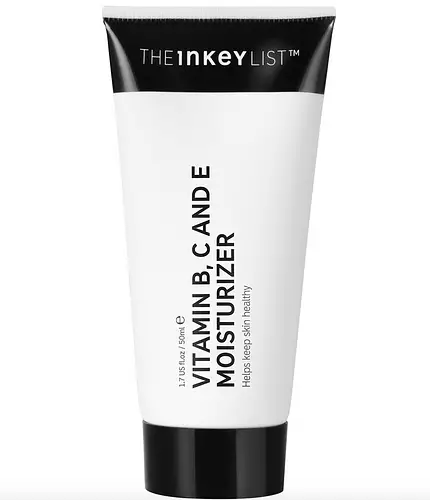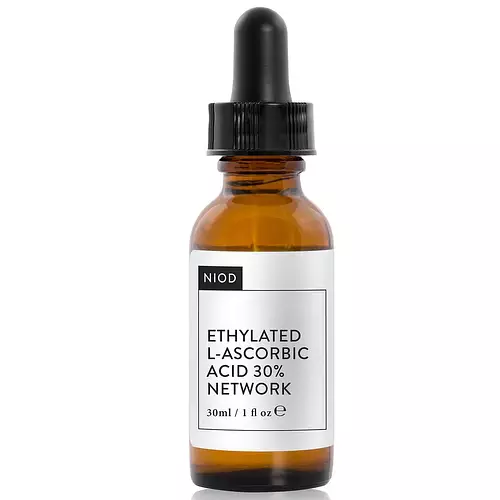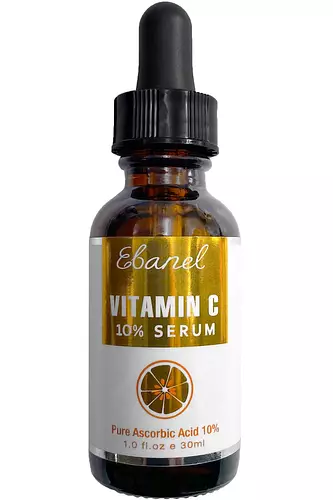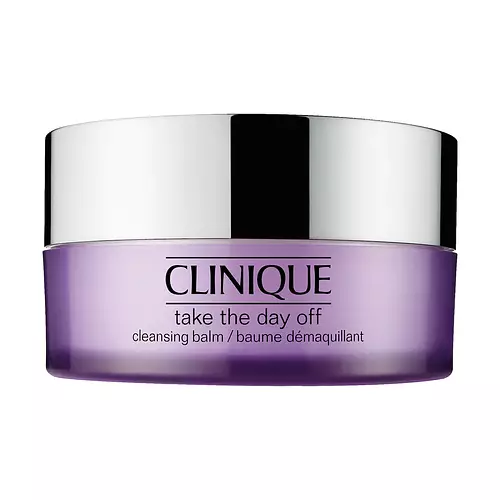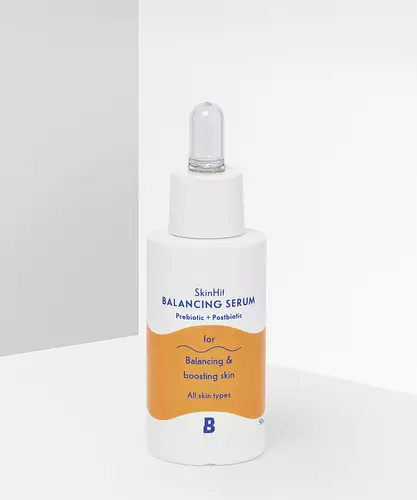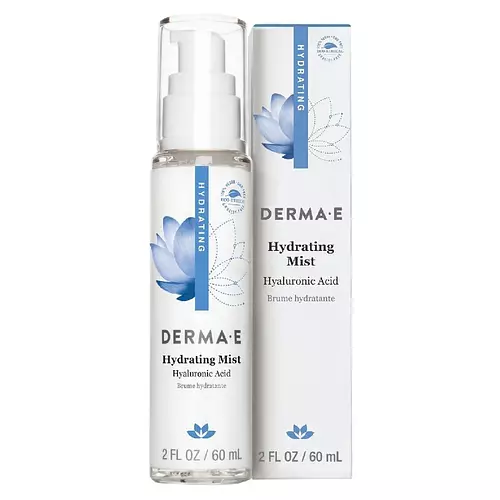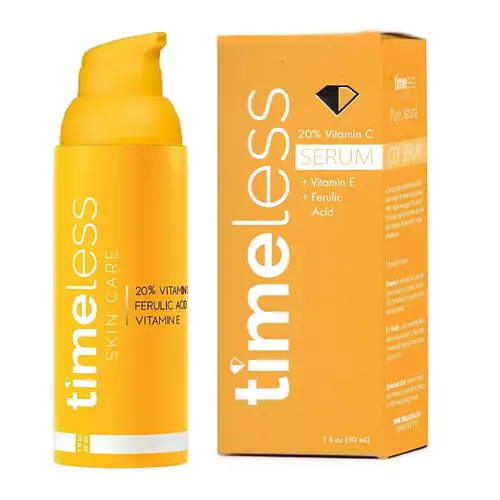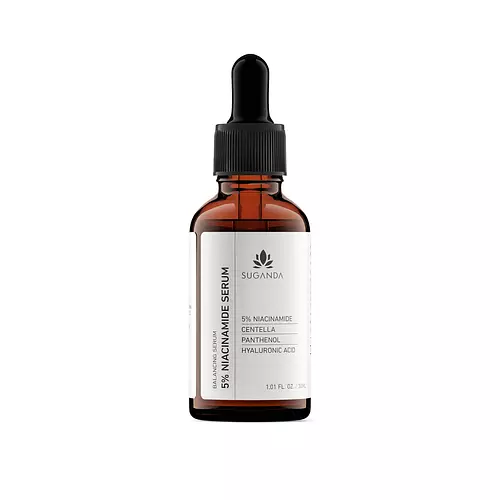Updated on March 27, 2024
Overview
What they are
These products are both vegan, cruelty-free, and reef safe . They have a total of 0 ingredients in common
Suited For
They're both likely to be good for anti aging, brightening skin, scar healing and dark spots
Free From
They both do not contain any parabens, silicones or sulfates
We independently verify ingredients, and our claims are backed by peer-reviewed research. Spot a product that needs an update? Let us know.
Ingredient Info
Q + A Zinc PCA Daily Moisturiser 25 ingredients
The Ordinary Ascorbic Acid 8% + Alpha Arbutin 2% 3 ingredients
At a glance
Click on any of the items below to learn more
Q + A Zinc PCA Daily Moisturiser 25 ingredients
The Ordinary Ascorbic Acid 8% + Alpha Arbutin 2% 3 ingredients
Notable Ingredients
This product contains 1 ingredient that may have this attribute:
This product contains 1 ingredient that may have this attribute:
This product contains 1 ingredient that may have this attribute:
Benefits
This product contains 4 ingredients that may have this attribute:
This product contains 1 ingredient that may have this attribute:
This product contains 2 ingredients that may have this attribute:
This product contains 1 ingredient that may have this attribute:
This product contains 1 ingredient that may have this attribute:
This product contains 1 ingredient that may have this attribute:
This product contains 1 ingredient that may have this attribute:
This product contains 2 ingredients that may have this attribute:
This product contains 2 ingredients that may have this attribute:
This product contains 3 ingredients that may have this attribute:
Concerns
This product contains 2 ingredients that may have this attribute:
This product contains 1 ingredient that may have this attribute:
This product contains 1 ingredient that may have this attribute:
This product contains 1 ingredient that may have this attribute:
This product contains 1 ingredient that may have this attribute:
Notable Ingredients
This product contains 1 ingredient that may have this attribute:
Benefits
This product contains 1 ingredient that may have this attribute:
This product contains 1 ingredient that may have this attribute:
This product contains 1 ingredient that may have this attribute:
This product contains 2 ingredients that may have this attribute:
This product contains 2 ingredients that may have this attribute:
This product contains 1 ingredient that may have this attribute:
Ingredients Side-by-side
Ingredient Ratings
Here's what our community thinks of the ingredients in these two products.
When to use
Q + A Zinc PCA Daily Moisturiser 25 ingredients
The Ordinary Ascorbic Acid 8% + Alpha Arbutin 2% 3 ingredients

Reviews
Here's what our community thinks
Q + A Zinc PCA Daily Moisturiser 25 ingredients
The Ordinary Ascorbic Acid 8% + Alpha Arbutin 2% 3 ingredients
Clover
I'm orange...
When I first started using this I was like, “great, a vitamin C that doesn’t burn”. So I began using it frequently. Slowly, I noticed...
I'm orange...
When I first started using this I was like, “great, a vitamin C that doesn’t burn”. So I began using it frequently. Slowly, I noticed my skin was turning orange, but just on my face. Turns out this product was oxidizing ON MY SKIN. The serum itself was still pretty clear, so I wasn’t applying an old or bad product, but when exposed to oxygen while on my face it began to STAIN it as if I had applied self tanner only to my face.
Now to be fair— I am fair. As in I am very very pale. Honestly even if this product was oxidizing on other people I don’t think the majority of skin tones would even notice it. But if you are like me just be warned! Vitamin C can stain your skin and it’ll take like a week for the effects to go away.
Let’s just say I’ve given up on finding a vitamin C serum and I’ll be sticking to other brightening ingredients.






